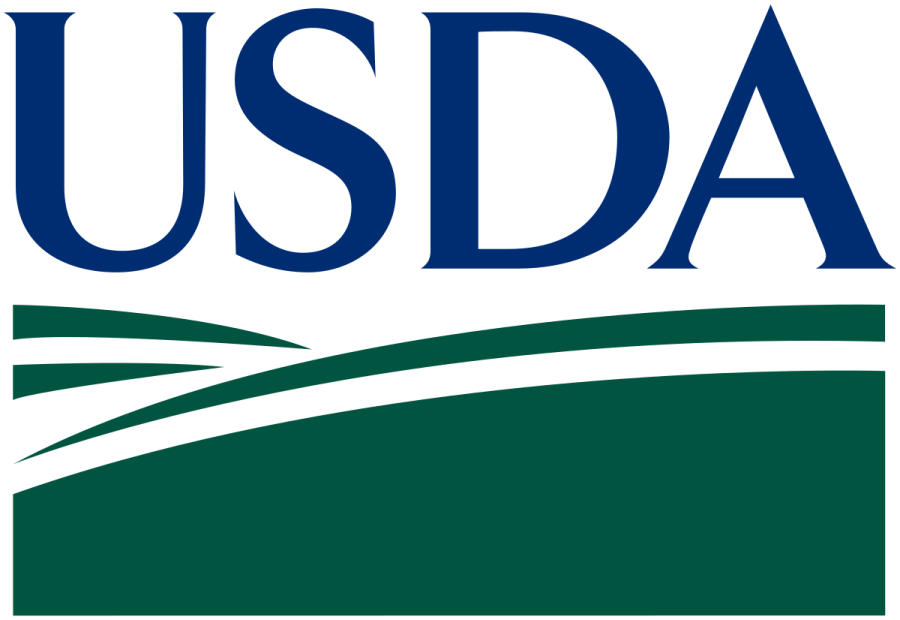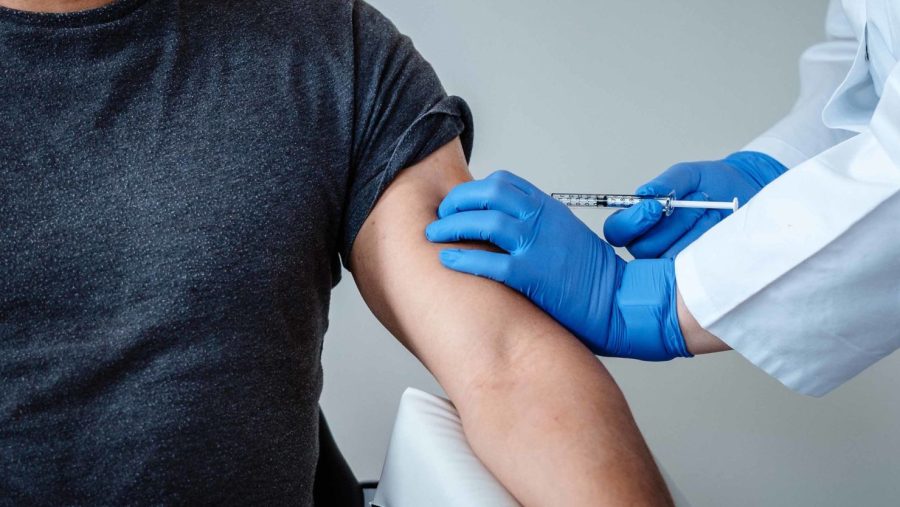Learn how the USDA is fighting H5N1 bird flu in dairy herds in nine states. Can they stop the virus and keep our food safe?

The H5N1 bird flu is more than just a virus; it’s a crisis that has disrupted the agricultural sector. Initially affecting poultry, this virus has now spread to dairy herds, raising serious concerns. Its impact on livestock results in significant losses and threatens food supplies.
The USDA, unwavering in its commitment to safeguarding our nation’s animal health, is at the forefront during such epidemics. The confirmation of H5N1 in 80 dairy herds across nine states underscores the urgent need for action, reassuring the public of the USDA’s proactive stance.
“Our immediate priority is the isolation and eradication of the H5N1 virus in affected herds to prevent further spread and ensure public safety,” said a USDA representative.
The USDA plans to isolate and eliminate the H5N1 virus in dairy herds, but challenges remain. This article explores their strategy and addresses the crucial question: How widespread is the bird flu in cattle, and what’s next?
An Unrelenting Foe: The Expanding Threat of H5N1
The H5N1 virus, or avian influenza, first appeared in 1996 in Guangdong, China. Initially affecting poultry, it now infects other animals and humans. Spread through contact with infected birds or their environments, it poses a constant threat to poultry farms.
Significant outbreaks, like those in 2003-2004 in Asia, required the culling of millions of birds to control the virus’s spread. The impact of H5N1 extended to Europe and Africa, causing significant economic losses in agriculture.
Recently, H5N1 has alarmingly spread to cattle herds. This transition impacts the poultry industry through mass culling and declining consumer trust. For the cattle industry, the results could involve culling, productivity drops, and increased operational costs due to strict biosecurity measures.
H5N1 remains a significant threat to global animal health and agriculture, demanding vigilant and comprehensive response strategies.
Widespread Concerns: H5N1’s Alarming Surge Across Multiple States
| State | Number of Infected Herds | Number of Dairy Farmers Monitored |
|---|---|---|
| Michigan | 23 | 100 |
| Iowa | 15 | 50 |
| Wisconsin | 12 | 30 |
| Pennsylvania | 8 | 20 |
| Texas | 7 | 40 |
| California | 5 | 30 |
| Ohio | 4 | 10 |
| Nebraska | 3 | 10 |
| New York | 3 | 10 |
The recent surge in H5N1 infections has raised alarms. So far, the virus has hit 80 herds across nine states, showing a troubling spread. From the Midwest to the South, no region is immune. This spread suggests multiple introduction points, likely through migratory birds.
The broad reach of H5N1 highlights vulnerabilities in our agricultural systems. States like Iowa, with dense livestock populations, are particularly hard hit, making containment more challenging.
The jump of H5N1 from birds to cattle adds complexity. While it historically affected birds, its adaptability raises concerns. Monitoring and mitigation strategies are crucial to prevent further spread and protect health.
USDA’s Strategic Blueprint: Stricter Measures to Combat H5N1 in Dairy Herds
The USDA has implemented a comprehensive strategy to combat the H5N1 virus in dairy herds. This includes stringent quarantine protocols to isolate infected animals, thorough testing procedures to detect infections early, and immediate culling upon confirmation of the virus. These measures are designed to stop the virus at its source and prevent further spread, ensuring the safety of our dairy supply.
The USDA is not facing these challenges alone. It is actively collaborating with state and local agricultural agencies to coordinate a response. By leveraging local expertise, they aim to effectively track, manage, and eradicate this severe outbreak, instilling confidence in the coordinated efforts.
Navigating the Labyrinth: USDA’s Challenges in Managing the H5N1 Outbreak
The USDA is facing significant challenges in managing the H5N1 outbreak. One major hurdle is the detection of the virus in animals that show no symptoms. Often, infected cattle only show signs once the disease has advanced, making early detection challenging and potentially increasing the spread within and between herds. Additionally, the logistics of large-scale testing are proving to be resource-intensive and time-consuming, leading to delays and occasional discrepancies in results.
Logistics also pose a considerable problem. With thousands of dairy farms in the nine affected states, large-scale testing is resource-intensive and time-consuming. Coordinating prompt testing while ensuring accurate results is daunting, leading to delays and occasional discrepancies.
Public concern about the safety of dairy products is on the rise. People are worried about H5N1 transmission through dairy products despite assurances from health authorities that pasteurized milk is safe. The USDA must continuously educate the public to alleviate these fears and avoid unnecessary panic.
All these challenges highlight the complexity of the USDA’s mission to isolate and eradicate H5N1 while maintaining public confidence and safeguarding the nation’s food supply.
Voices from the Frontlines: Mixed Reactions to H5N1 Outbreak in Dairy Herds
The response to the H5N1 outbreak among dairy herds is a mix of concern and proactive measures. Dairy farmers are worried about the economic impact and call for more government support. Significant dairy associations also push for more funding and resources to tackle the issue. The National Milk Producers Federation has emphasized the urgency of swift action to protect animal and human health.
Consumer advocacy groups, like the Consumer Federation of America, stress the need for transparency and strict safety standards to ensure public health. They call for better communication from the USDA about the outbreak and the measures in place. Public reactions range from health concerns to curiosity about outbreak management.
Future Measures and Innovations: Charting the Path Forward in the H5N1 Battle
Looking ahead, cautious optimism is held for the future of the H5N1 outbreak. The dairy industry, already affected, must brace for lasting impacts. Expect stricter biosecurity measures, like enhanced surveillance, mandatory health checks, and quarantines, to become the norm to safeguard herds.
Scientists are intensifying research to better understand the virus’s transmission, mainly through migratory birds that might introduce new strains to livestock. Advanced genetic sequencing could offer crucial insights into viral mutations, aiding in creating effective vaccines.
Future outbreaks hinge on these ongoing efforts. Increased awareness and preparedness aim to mitigate H5N1’s risk and spread. Given global agriculture’s interconnectedness, eradication may be challenging, but research, public health investments, and international collaboration are crucial.
Staying informed and following safety measures is not just a suggestion; it’s a critical responsibility in minimizing risks. The dairy industry and scientific community are working tirelessly to turn the tide against this persistent threat, and your awareness and adherence to safety measures are crucial in this fight.
The Bottom Line
The USDA is actively combating the H5N1 outbreak with strict biosecurity measures, regular testing, and financial support for farms. These actions aim to prevent the virus from spreading and protect the dairy industry. Stay informed, follow recommended precautions, and help ensure the safety of our dairy supply.
Key Takeaways:
- H5N1 bird flu has now been confirmed in 80 dairy herds across nine states.
- This virus, originally appearing in poultry in 1996, now threatens dairy herd health and food supply.
- The USDA has intensified isolation and eradication efforts to curb the virus spread.
- Challenges include asymptomatic carriers and the resource-intensive nature of widespread testing.
- Enhanced biosecurity measures and future innovations are vital to controlling future outbreaks.
- Effective communication is crucial to manage public concern and prevent panic.












